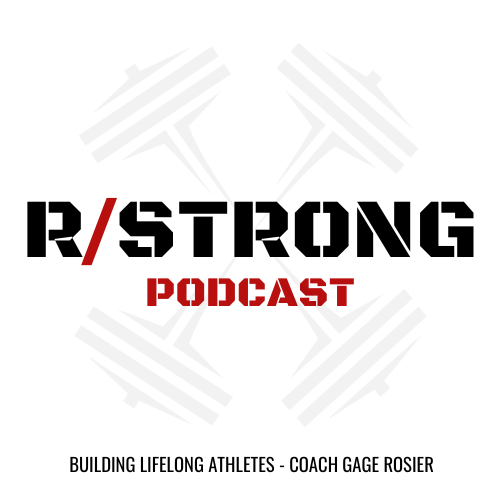Choose the right "tool"
- Gage Rosier

- Jun 24, 2021
- 3 min read
I learned a lot of things growing up on the farm but there is one particular lesson that seems to creep back in my brain every once in a while, probably because I think it applies to my job now as a coach, and probably to any profession out there. Here’s the lesson: any job can be done if you have the right tools.
Wow, groundbreaking, I know. Hear me out.
When I was a kid my dad would often tell me to go fix something. Something like, “Hey Gage, go take the cover off of that _________ (insert farm equipment here) and grease it.” Simple enough task, right? Well maybe it was just my inadequacies at “turning a wrench” as my dad likes to say, but it always seemed like there was always a bolt in a weird place, or something was stuck, or whatever, and it took me way longer than it needed to. The point is, it was never as easy as loosen a few bolts and grease the damn thing.
Inevitably, after spending 15 minutes on a job that should take 3, my dad would come see what the problem was, either laughing at me or annoyed, depending on his mood. Then sure enough, he would go get a different tool than what I was using and solve the problem in about 9 seconds.
This situation seemed to happen way more than I’m happy to admit, but it was after one instance that he taught me the lesson. He said, “Son, you can fix anything on this farm, but you have to choose the right tools.” …or something like that.
In strength and conditioning it’s the same thing. Coaches try to pin an athlete to a particular exercise or implement, and when it doesn’t get the training effect they were looking for they give up or continue to try and fit a square peg in a round hole. All exercises and equipment in the weight room are simply tools. Find the right tool to get the job done. There’s one out there, you just have to find the right one.
One more story. I had a basketball athlete a couple years ago. The guy was a first-team all-conference type of player on the court. But in the weight room, he was a first team give-me-an-ulcer. He couldn’t squat to save his life and when he tried to do a lunge he looked like a baby giraffe learning how to walk for the first time. After about a month of beating my head against the wall, we tried something different, a new tool. Trap Bar Deadlift – DING DING DING! He did it perfectly, probably the best on the whole team. So, on days when we wanted to work on lower body strength or power, we pulled out the trap bar for him while the rest of the team stuck with barbell. That athlete is currently lighting up scoreboards in professional basketball in Europe.
Here's a few examples of how we use different "tools" with clients on our Strong Life program. They all have different training experience and ability levels, so we use different tools to accomplish the goal - develop competency and strength in the hinge pattern.
We use the Trap Bar Deadlift exercise for athletes with significant training experience and are prepared to handle significant loading.
The Kettlebell Deadlift is a great exercise to teach the hinge pattern with external load to athletes new to strength training.
We used a plate in this variation to "raise the floor," shortening the range of motion the athlete has to control. As strength and control is gained, we "lower the floor."
I talked to myself about this topic and recorded it if you want to give it a listen on the R/Strong Podcast.




Comments